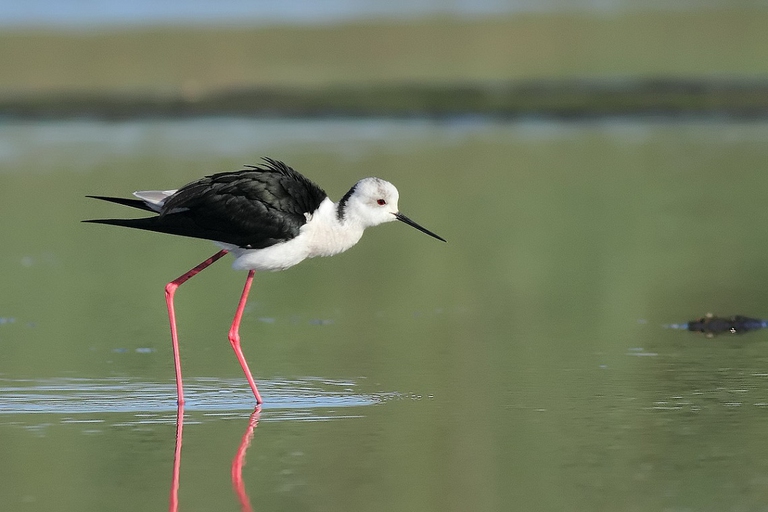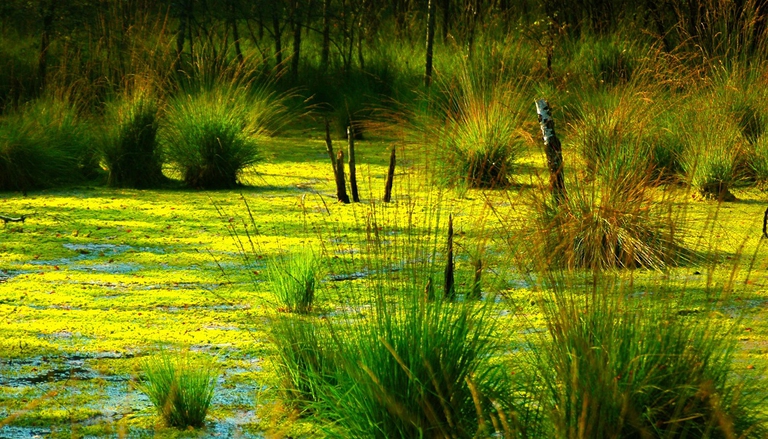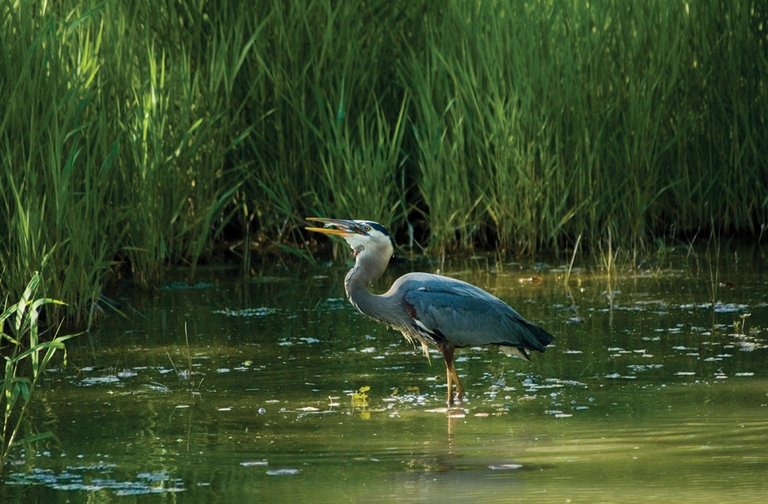
Our species took its first steps in a world covered in trees. Today, forests offer us sustenance, shelter, and clean the air that we breathe.
The celebration aims to raise awareness about the crucial role wetlands play as they’re essential habitats for the conservation of the Planet’s natural heritage.
Wetlands have an incredible value. They’re home to an extraordinary variety of living beings and are essential for people as they provide them with their livelihoods. By storing carbon dioxide, they also help mitigate the effects of climate change and protect coasts.
Wetlands are environments characterised by the combined presence of land and water, such as lakes and rivers, underground aquifers, swamps and marshes, wet grasslands, peatlands, oases, estuaries, deltas and tidal flats, mangroves and other coastal areas, coral reefs, and artificial sites such as fish ponds, rice paddies, reservoirs and salt pans, as specified by the Ramsar Convention.
64 per cent of wetlands, which are often considered as mere uncultivated areas or wasteland, have disappeared since 1990. In order to safeguard this common heritage, World Wetlands Day is celebrated on 2 February, established in 2003 in occasion of the International Year of Water announced by the United Nations.
On 2 February 1971 the Ramsar Convention – named after the Iranian city of Ramsar– was signed. The convention provides the global protection of these habitats and was signed to enhance the conservation and a conscious use of wetlands through national and international cooperation in order to achieve a sustainable development. The main threats to wetlands are human-related: pollutants deriving from agriculture, dumping, and the extensive exploitation of resources and soil.
WWF is committed to safeguarding these peculiar environments, especially in Italy. In fact, 40 per cent of Italy’s biodiversity (and almost 50 per cent of bird species) is linked to wetlands, which are also essential to agriculture and tourism.
The theme for 2019 is “wetlands and climate change“. The 2018 edition was dedicated to the importance of urban wetlands under the slogan “wetlands for a sustainable urban future”. Cities, indeed, depend on these ecosystems that carry out the crucial action of filtering water, absorbing harmful toxins, pesticides and industrial waste. They also help improve resilience in cities by cooling the air.
Siamo anche su WhatsApp. Segui il canale ufficiale LifeGate per restare aggiornata, aggiornato sulle ultime notizie e sulle nostre attività.
![]()
Quest'opera è distribuita con Licenza Creative Commons Attribuzione - Non commerciale - Non opere derivate 4.0 Internazionale.
Our species took its first steps in a world covered in trees. Today, forests offer us sustenance, shelter, and clean the air that we breathe.
Poachers in Africa are encroaching on wildlife land and killing rhinos in travel hot spots now devoid of visitors due to the coronavirus pandemic.
Actor and environmental activist Leonardo DiCaprio has contributed two million dollars to a fund to protect Virunga National Park in Congo from threats such as terrorism, the coronavirus and poaching.
For the first time in seventeen years, Iceland’s two main whaling companies won’t resume whale hunting. The announcement concerns this year’s season but could carry into the future.
The relationship between the coronavirus and wildlife is complex: while the pandemic may lead to a reduction in the illegal trade in wild animals, it may also encourage it in other respects.
The largest coral reef in the world is severely threatened by climate change, but researchers are developing strategies that could contribute to saving the Great Barrier Reef.
NGO Free the Bears has opened a mountain sanctuary for moon bears in Laos. With the government’s help, it aims to close all bile farms by 2022.
Seychelles have extended its marine protected area, which now covers over 400,000 square kilometres, an area larger than Germany.
The tapir was reintroduced into Brazil’s Atlantic Forest, the country’s most at-risk ecosystem. The species can play a key role in the forest’s recovery.










